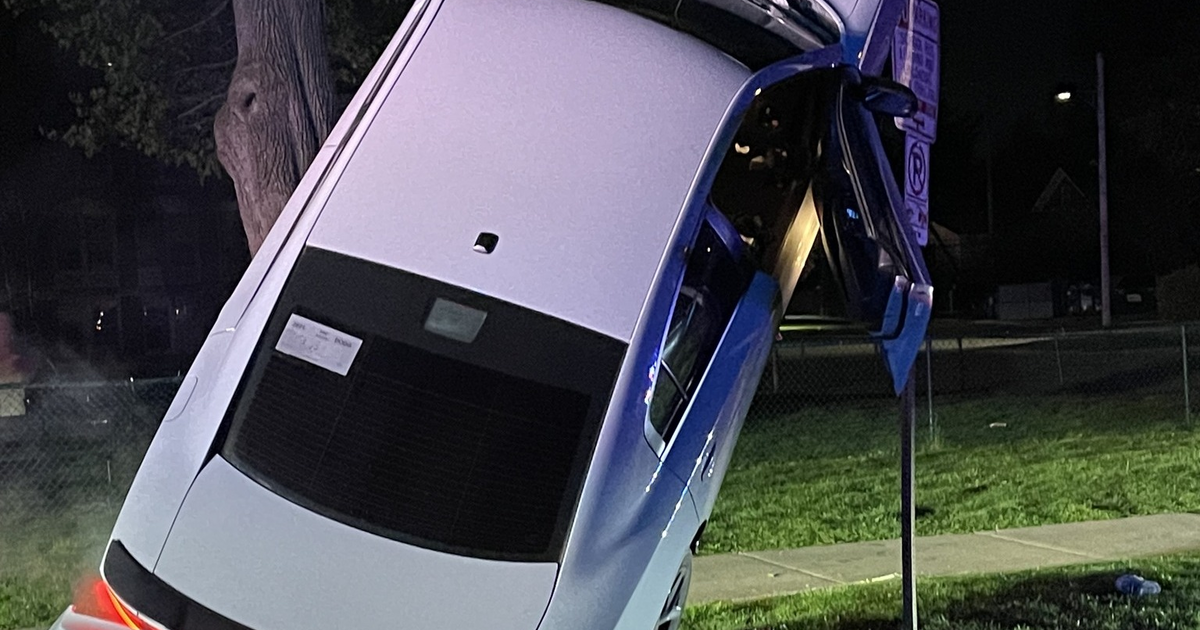U-M: High Blood Pressure Often Missed In Children, Adolescents
ANN ARBOR (WWJ) - High blood pressure in children and adolescents is a growing health problem that is often overlooked by physicians, according to a recent University of Michigan Health System article published in American Family Physician that offers doctors a guide to catching and treating hypertension early.
A child's blood pressure reading may appear normal, but when it's factored in with the patient's age, sex and height, that same value could actually reflect hypertension, the authors warn.
"When it comes to young people's blood pressure, we can't use a flat number value for what's normal or abnormal like we do in adults. They may have a reading of 80/40, which sounds good, but that may actually be high," said lead author Margaret Riley, M.D., assistant professor of family medicine at the U-M Medical School.
"This is becoming a much greater concern in society because of the obesity epidemic we're seeing that's contributing to high blood pressure among kids. Adult hypertension is the leading cause of premature death in the world and we may be missing ample opportunities to intervene early. We're hoping to raise awareness on how to diagnose and treat these cases as early as possible," she continued.
The paper reminds physicians that they must check the blood pressure values for patients ages three to 18 years against charts that factor in age, sex and height to accurately determine if the blood pressure is normal.
These charts are available online from the National Institutes of Health and through applications for handheld devices that allow physicians to quickly determine if the patient's blood pressure is within normal range.
"Despite the high prevalence and potential risks of hypertension in children, physicians often don't recognize the condition in this population," Riley said. "High blood pressure may start causing problems even in childhood, including changes to the structure of the heart that damage blood vessels, and can also be associated with high cholesterol, diabetes and other health issues."
While the issue of weight loss can be a sensitive one to broach with parents, high blood pressure may be a strong motivating factor to drive family lifestyle changes, such as increasing physical activity and incorporating healthier foods into diets, Riley said.
Other highlights from the article for physicians:
• If high blood pressure is detected, further tests should be done to determine whether a patient has primary hypertension or secondary hypertension, which can be caused by an underlying medical condition like kidney disease, heart problems, thyroid abnormalities, or obstructive sleep apnea.
• Blood pressure should be recorded at every visit starting at age three, not just annual check-ups.
• Using the wrong size of blood pressure cuff is a common cause of inaccurate readings. Physicians who see children and adolescents should have cuffs of varying sizes.
• Lifestyle changes including eating a healthy diet and getting regular exercise are first line treatments for high blood pressure in children. Children with secondary hypertension or primary hypertension that doesn't improve with lifestyle changes may need medication to lower blood pressure.



